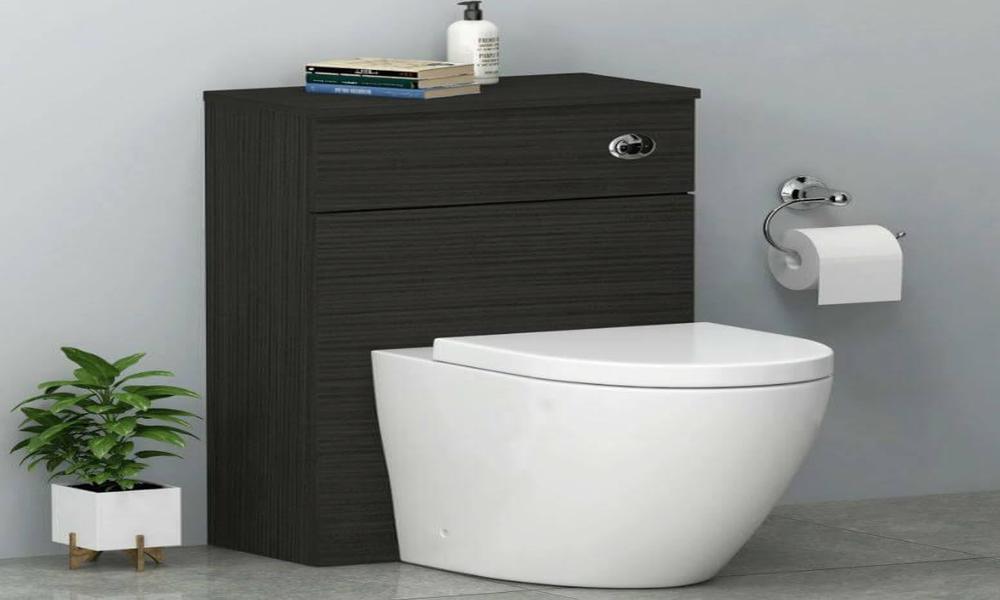Stock Up on Supplies: Keep an inventory of essential supplies such as toilet paper, hand soap, and paper towels. Regularly check the stock levels and replenish as needed to avoid running out of these necessities.
Proper Waste Disposal: Implement a system for disposing of waste properly. Use designated waste bins or bags and ensure they are emptied regularly. Educate users about the importance of responsible waste disposal and provide clear instructions or signage to avoid any confusion.
Adequate Ventilation: Ensure proper ventilation in the toilet unit to prevent unpleasant odors and maintain air quality. Install exhaust fans or provide windows that can be opened to allow fresh air circulation. Regularly clean or replace ventilation systems to prevent blockages.
Hygiene Practices: Promote good hygiene practices among users by providing hand sanitizers or hand-washing stations near the toilet unit. Display clear instructions on proper handwashing techniques to encourage everyone to maintain cleanliness and prevent the spread of germs.
Regular Inspections: Conduct routine inspections to identify any potential issues or areas that require attention. Check for leaks, water pressure problems, or any signs of damage. Address these concerns promptly to ensure the toilet unit functions properly.
Why Most TOILET Units Fail
Wear and tear: Over time, components of a toilet unit, such as the flapper, fill valve, or wax seal, can deteriorate or become worn out. This wear and tear can result in leaks, inefficient flushing, or constant running water.
Water pressure problems: Inadequate water pressure or irregular water supply can affect the proper functioning of a toilet unit. Insufficient pressure may lead to weak or incomplete flushes, while high pressure can cause water hammering or damage to the internal components.
Faulty parts or manufacturing defects: Sometimes, toilet units can have faulty parts or manufacturing defects that affect their performance. This can include issues with the flush mechanism, valves, tank, or bowl, leading to malfunctions or frequent repairs.
Incompatible plumbing systems: In some cases, the toilet unit may not be compatible with the existing plumbing system, causing issues with flushing, drainage, or connections.
Where Can You Find Free TOILET UNIT Resources
Nonprofit Organizations: Nonprofit organizations often work on issues related to sanitation and hygiene. They may offer free resources, guidelines, and reports on toilet units. Look for organizations such as Water.org, WaterAid, or UNICEF, which focus on water and sanitation issues.
Open Access Journals: There are open-access journals that publish research and articles related to sanitation and toilet units. Platforms like PLOS ONE and BMC Public Health provide free access to their publications. You can search for specific articles or browse the relevant categories.
Online Forums and Communities: Joining online forums or communities that focus on sanitation, plumbing, or infrastructure can be a good way to connect with experts and access free resources. Websites like Reddit or specialized forums related to construction and plumbing might have discussions, tips, and resource recommendations.
Educational Institutions: Some universities and educational institutions publish open educational resources (OER) that cover various topics. Check the websites of universities with engineering or environmental departments, as they may offer course materials, lecture notes, or research papers related to toilet units.








